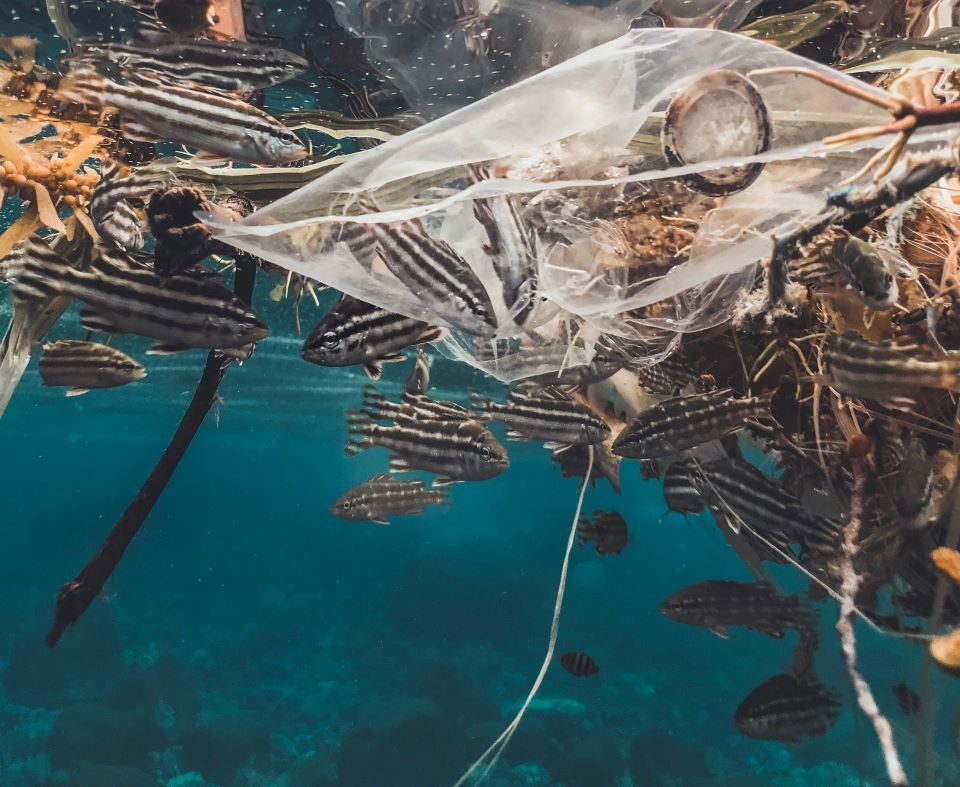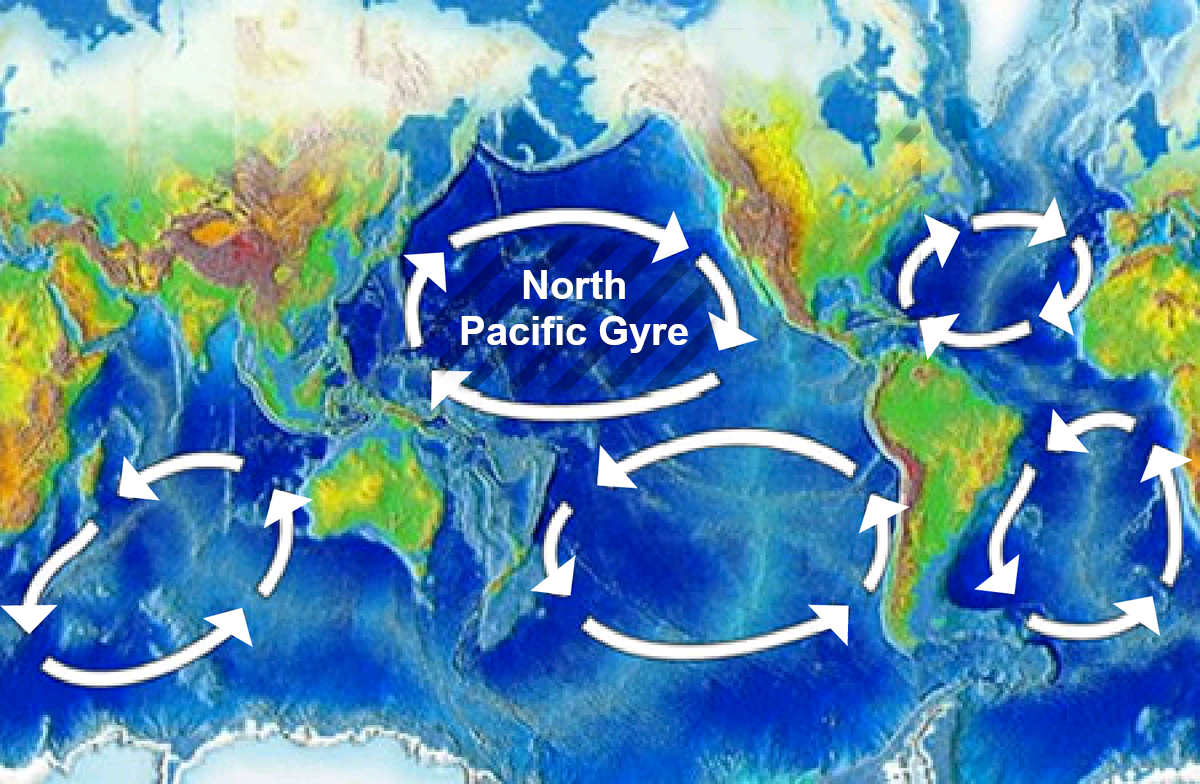A huge waste stain floating in the Pacific Ocean has transformed into a new ecosystem. It became home to colonizing animals and other organisms. There is an unanswered question: How can they survive or even prosper?
Landfill Settlement
A floating landfill full of plastic waste is approaching an area of 1.5 million square kilometers, i.e., the equivalent of three times of France. It provides a new home for marine organisms that normally occur on the coast – crabs, Asian anemones, sea worms, starfish, and fungi.

The study refuted the long-held assumption that the open ocean is an impenetrable sea desert. “The open ocean has long been considered a physical and biological barrier to the spread of most coastal marine species. This does not seem to be the case anymore, as there are currently suitable habitats in the open ocean. Coastal organisms can survive at sea for many years and multiply, leading to the creation of self-sufficient coastal communities on the high ocean, “the researchers said in the journal Nature Communications.
The question remains what these animals feed on. The open ocean was not considered habitable by coastal organisms. The ability of coastal species to survive for a long time in the open ocean on plastics was demonstrated in 2011 when Japan was hit by a tsunami. Nearly three hundred species have reached the coast of North America across the Pacific Ocean. Many of them survived on makeshift vessels for several years.
Plastic Islands
Sea dumps, or gyres, are created by surface currents carrying waste from the coast to the ocean, where it is captured by rotating currents. There are at least five places where large amounts of plastic waste have accumulated.

The largest of these is the subtropical landfill in the North Pacific. It lies between California and the Hawaiian Islands, and its weight is estimated at 79 thousand tons. A large part consists of microplastic fragments less than five millimeters wide. However, it also includes larger pieces of floating waste, such as nets, buoys, and bottles.
Source: https://www.thetimes.co.uk/article/marine-life-thriving-on-the-great-pacific-garbage-patch-of-ocean-plastic-sndzlznjt, featured photo by Naja Bertolt Jensen on Unsplash















